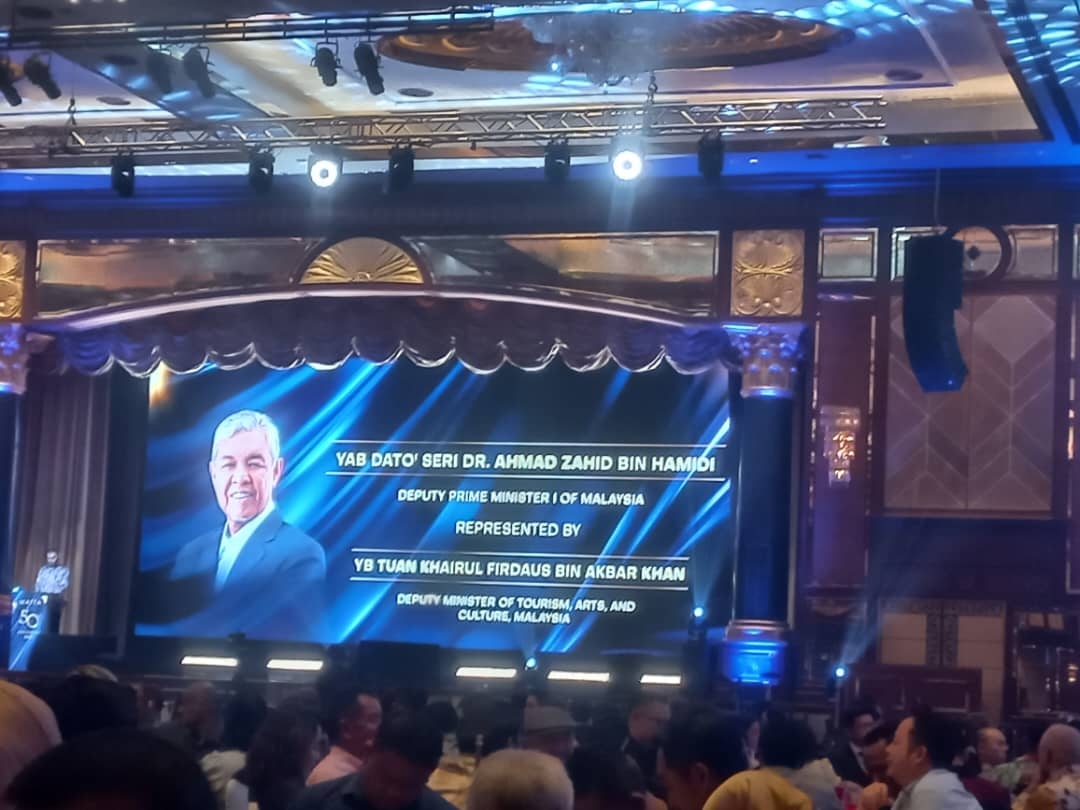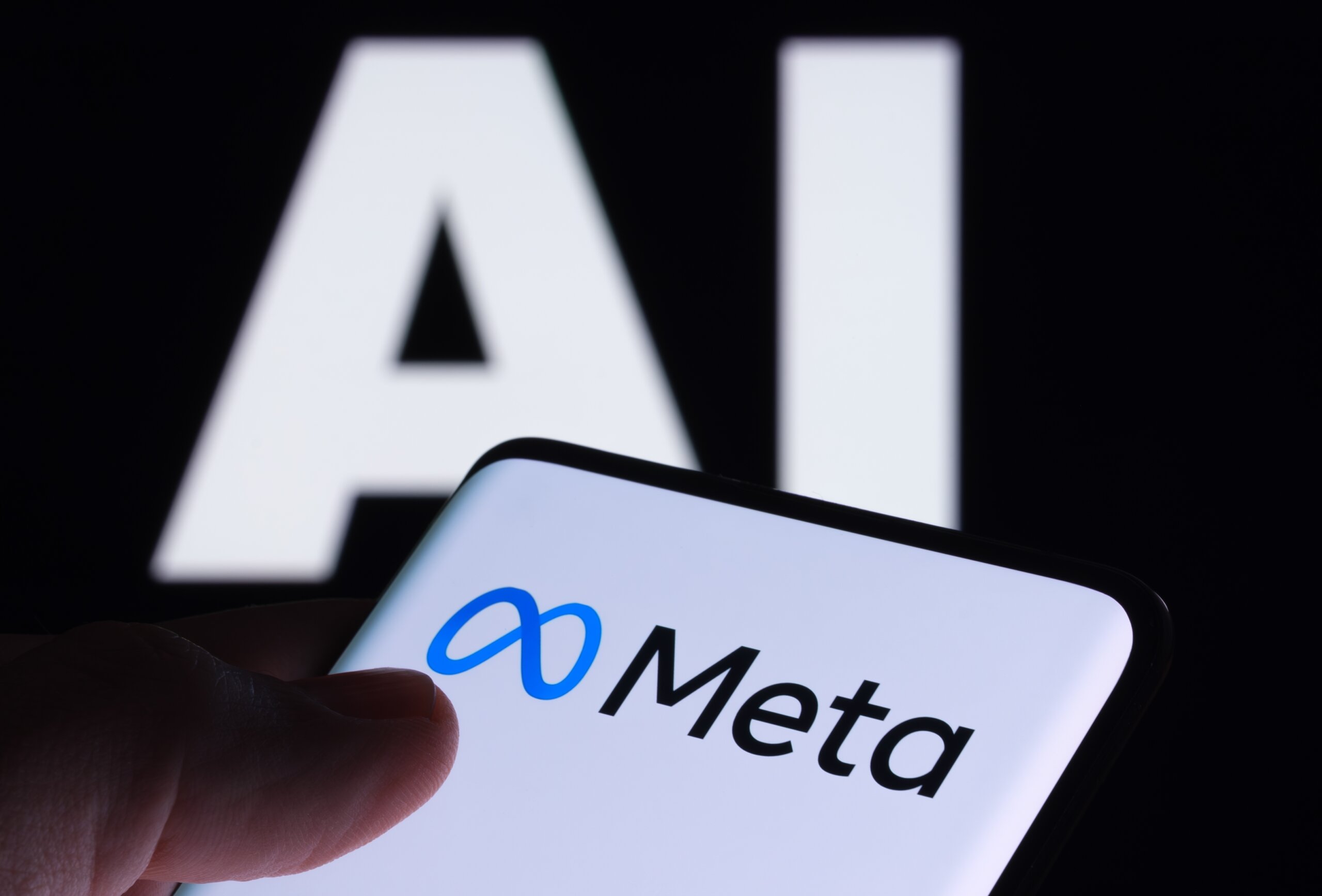Ethereum co-founder Vitalik Buterin has outlined a series of proposals to combat the centralization of block production and staking within Ethereum’s network. These suggestions come as part of the “Scourge” phase in Ethereum’s technical roadmap, aimed at minimizing risks that could compromise the network’s decentralization and security.
In a recent blog post dated October 20, Buterin highlighted concerns over the centralization of staking and block production. Observations show that economies of scale have led smaller staking pools to migrate towards larger ones, exacerbating centralization. This shift is evident as two main entities constructed 88% of Ethereum blocks in the first two weeks of October, a trend that poses significant threats to the network’s health.
The Risks of Centralized Staking
Centralized staking represents one of the most considerable risks to Ethereum, potentially leading to increased transaction censorship and other critical issues. Buterin emphasized that while 30% of all Ether staked is sufficient to guard against 51% attacks, nearly full participation in staking could introduce new vulnerabilities. These include diminished profitability and heightened responsibilities for Ether holders, alongside a weakening of the slashing mechanism that could allow a liquid staking token to overshadow Ether’s role as “money” within the network.
To address these challenges, Buterin suggested implementing a cap on the amount of Ether an individual can stake and restricting staking penalties to a maximum of 12.5% of the staked Ether. He proposed a two-tier staking model distinguishing between “risk-bearing” (slashable) and “risk-free” (unslashable) stakes to mitigate the consequences of centralization.
Concerns Over Block Production Centralization
The centralization of block production also came under scrutiny, with Ethereum Foundation researcher Toni Wahrstätter noting that two block builders—Beaverbuild and Titan Builder—had constructed the majority of Ethereum blocks recently. This centralization is partly a result of the proposer-builder separation method, where builders focus on creating profitable blocks for proposers to select.
Buterin warned that this centralization might worsen transaction censorship and extend the time required for block inclusion from 6 seconds to as much as 114 seconds. Such delays could enable block builders to engage in predatory practices like sandwich attacks or manipulate the market, particularly within decentralized finance liquidations.
Innovative Proposals for Decentralizing Block Production
To counteract these issues, Buterin introduced the “fork-choice-enforced inclusion lists” proposal, which would shift the transaction selection process back to proposers or stakers, with builders only arranging the transaction order. Additionally, he presented “BRAID,” a proposal to distribute the block production process among multiple actors, requiring only a moderate level of sophistication to optimize revenue.
Vitalik Buterin’s proactive approach to addressing the centralization in Ethereum’s staking and block production illustrates a commitment to maintaining the network’s foundational principles of decentralization and security. As Ethereum continues to evolve, these proposed changes aim to strengthen its infrastructure against emerging threats and ensure its long-term viability as a leading blockchain platform.











